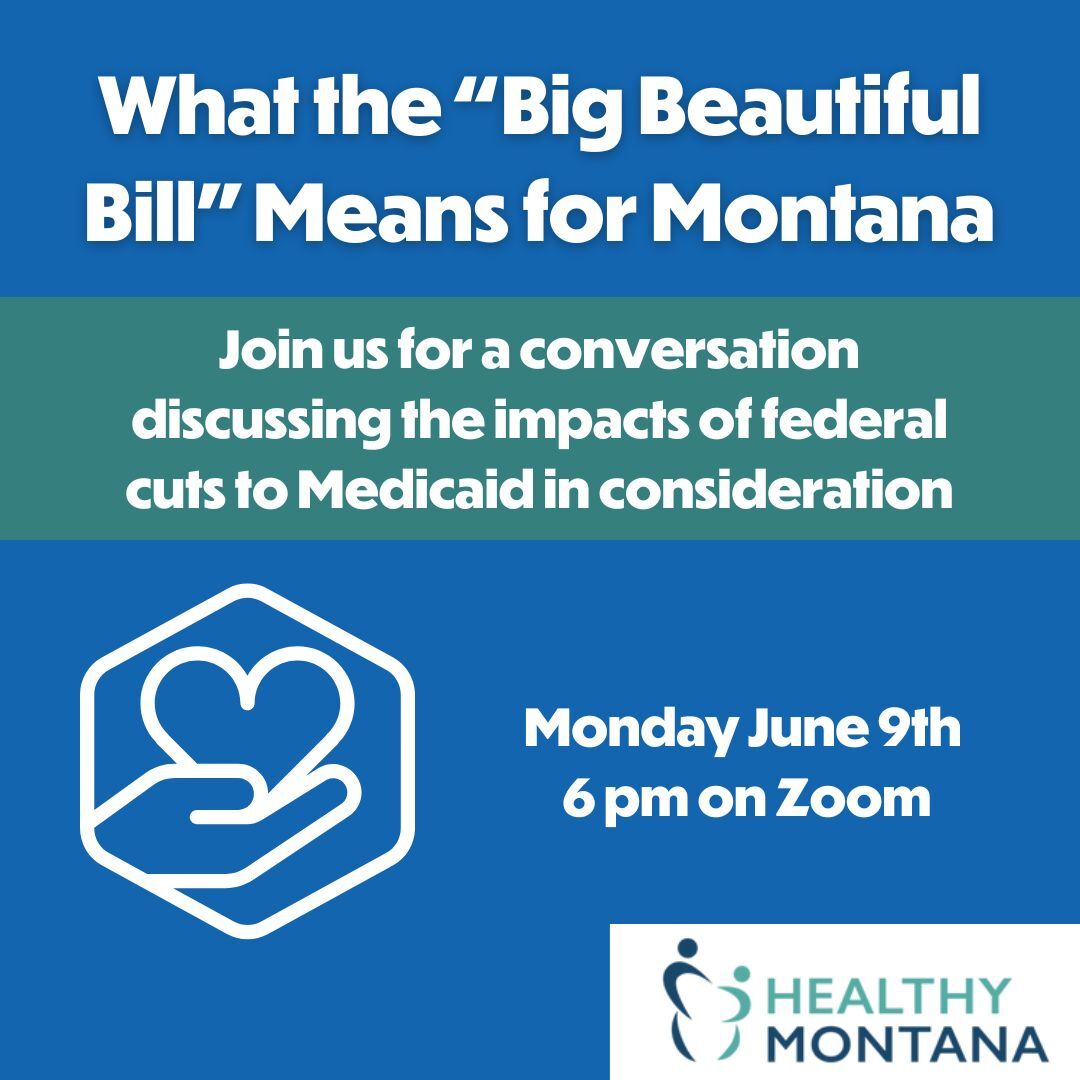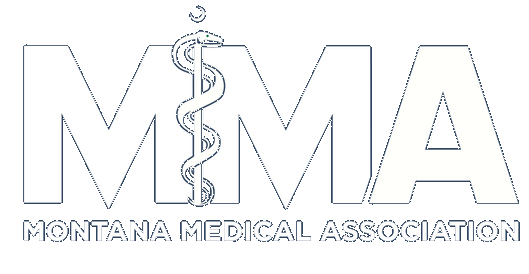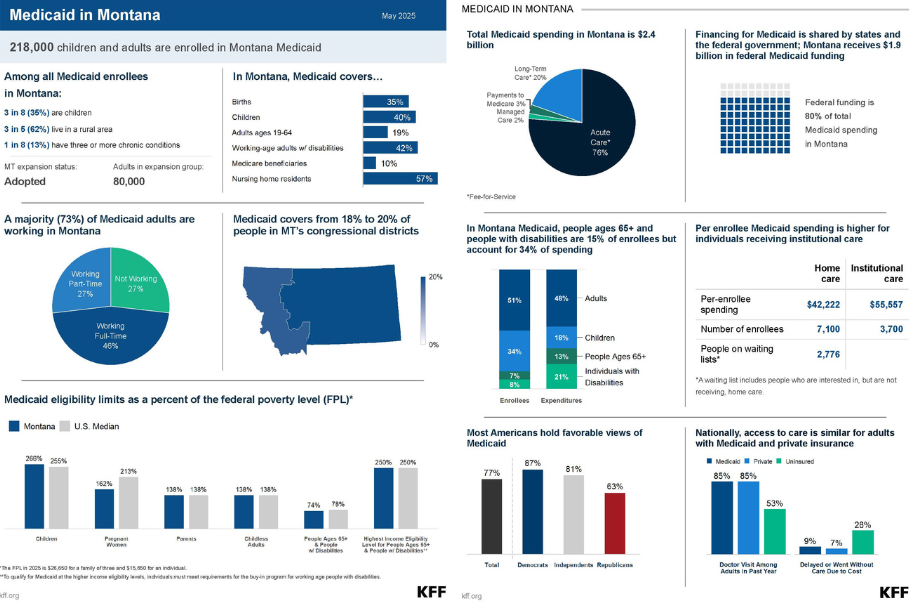Help Protect Medicaid
The "Big Beautiful Bill" has passed the House and Senate and has been sign by President Trump. Montanans must prepare for the healthcare consequences of the cuts, and advocate for locally elected leaders to fill te gaps left behind.
You can find The One Big Beautiful Bill (OBBB) Act of 2025 (H.R. 1) HERE.
View the American Medical Association's letter to Senate leadership that the MMA signed-on to, which breaks down the hot topic points for physicians, medical students, and patients and provides comments for consideration:
READ FROM THE AMA: BUDGET RECONCILIATION BILL WORSENS ACCESS TO CARE, INCLUDES SIGNIFICANT HEALTH CARE FUNDING CUTS
VIEW: Resources from Healthy Montana's Virtual Roundtable
What does the "Big Beautiful Bill" mean for Montanans, Medicaid, and Montanans on Medicaid? You can view the slides from the Healthy Montana's virtual roundtable:

Note: The roundtable webinar occured prior to the Senate Finance Committee version was released.
HERE IS HOW YOU CAN HELP:
SHARE YOUR STORY:
The MMA wants to hear your Medicaid story and how the program has helped you or someone in your community. We will use your experience as a blurb in upcoming campaign materials across MMS platforms including emails, texts, and social media.
We also welcome your perspective through your professional and personal experience to be shared in community media outlets. Provide us an Op-Ed: send to mma@mmaoffice.org, and we will share it with Montana news outlets that serve your community(s).
STAY INFORMED AND LET MMA KNOW YOU'RE ON BOARD:
If you have ideas on how we can unite together in the fight for Medicaid or you would like to be a part of upcoming initiatives in a more hands-on capacity, reach out to MMA at mma@mmaoffice.org to let us know!


